There are six(6) distinct chess pieces, and four(4) of them can move diagonally.
The four chess pieces that are allowed to move diagonally are the BISHOP, KING, QUEEN and PAWN.
Among these four pieces, only the Queen and Bishop can move any length diagonally, provided that there are no pieces in their way.
However, the Queen alongside the King and Pawn are not restricted to just moving diagonally. They can also move vertically and horizontally (except the pawn that can’t move horizontally).
So, we believe the most accurate answer to this question is the BISHOP since it’s restricted to just moving diagonally on the chess board.
Let’s take a closer look at each of these four diagonally-moving pieces.
The Bishop
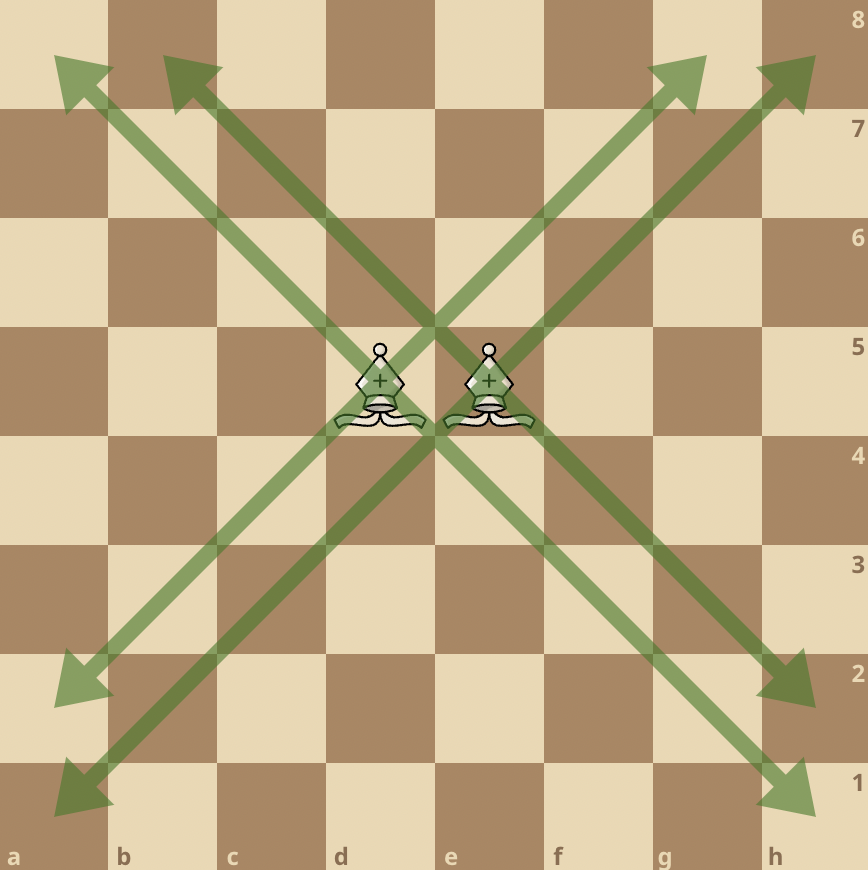
The first chess piece you should think about when talking about diagonal movement is the Bishop.
It’s one of the only two chess pieces (second being the queen) that may move any number of unoccupied squares in any diagonal direction.
The game of chess always starts with two bishops. There is one bishop that moves on the white squares, and another bishop that moves on the black squares as can be seen in the above image.
The diagonal movement is what defines bishops. They cannot do anything else.
Being the only chess piece that moves ONLY diagonally, they attack and defend in same manner.
Their ability to cover a large chunk of the chessboard makes the bishop a great tool for players that like open play and tactics.
Want to learn more about how bishops move in chess? One of our articles cover the topic comprehensively.
The King
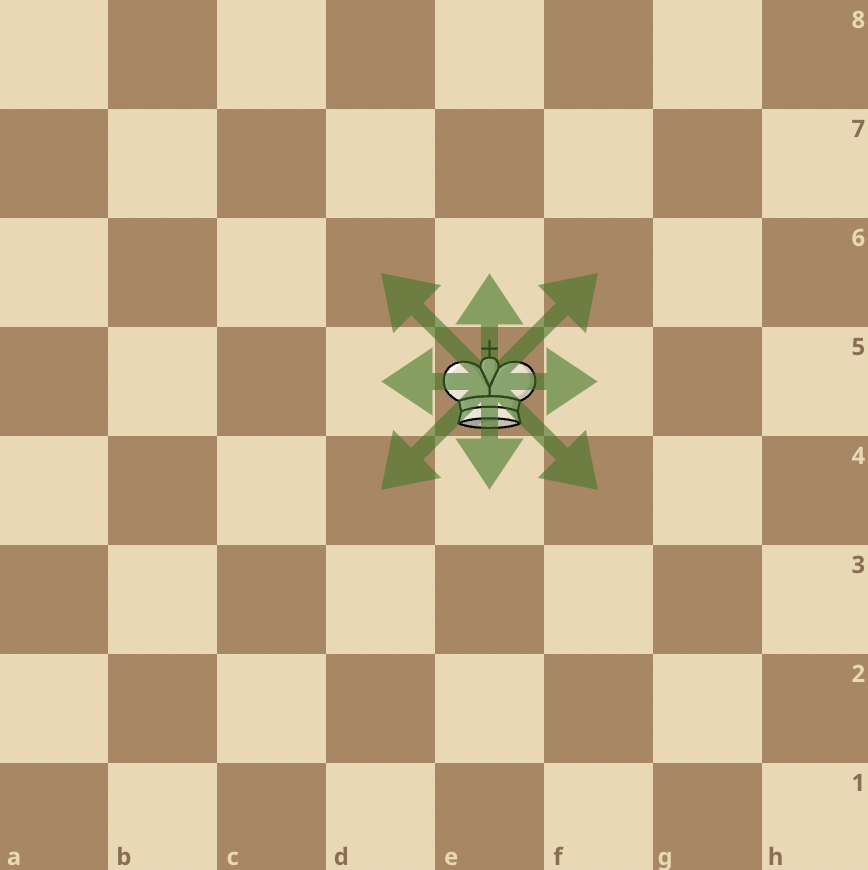
The King is the most important piece on the chessboard. In actual sense, it’s the only piece that doesn’t have a point value because it can’t be captured (never leaves the board).
Regarding movement, the King moves one square in any direction, which means it can also move diagonally.
Although the king can move in any direction, it has its restrictions:
- The king cannot move onto a square that is currently under attack (in control) by an opponent’s piece
- The king isn’t allowed to check or checkmate the opponent’s pieces by itself. It needs the support of other pieces.
- Just like any other chess piece, a king cannot move to a square that is currently occupied by pieces of the same colour.
- If the king moves before castling, the special chess move is no longer allowed. This follows from the rules of castling. Our article on ‘Can You Castle After Being Checked?‘ explains more.
The Queen

The Queen is another chess piece that can move diagonally, vertically, and horizontally.
But it’s not just another random piece. In fact, the Queen is the master of movement in chess.
That’s because it can move to any number of occupied squares available to it. This is unlike the King which is slow as a tortoise because it moves just one square in any direction.
No wonder, the Queen has a point value of 9 points, which is comparable in value to 3 minor pieces, a rook and bishop (valued at 8 points), or nearly valuable as two rooks (10 points).
The Pawn
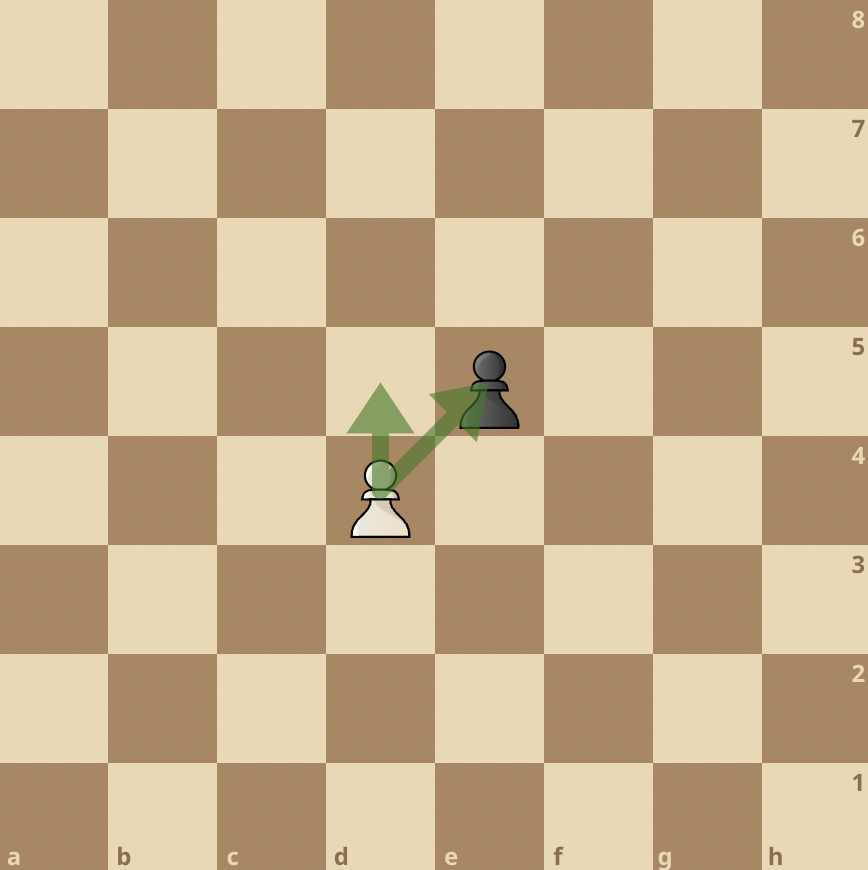
The pawn is the odd one out among the diagonally moving chess pieces.
Its diagonal movement happens only when it attacks an opponent’s piece. The rules of chess do not allow a pawn to move or attack backward.
Also, a pawn can move only forward in a vertical direction, usually one square per turn, but can move two steps forward in its first move.
Still on capturing pieces, the pawn has another special way it can move diagonally. It’s called “En Passant”.
The En Passant occurs when a pawn attacks past an opponent’s pawn that made the two-step’s first move.
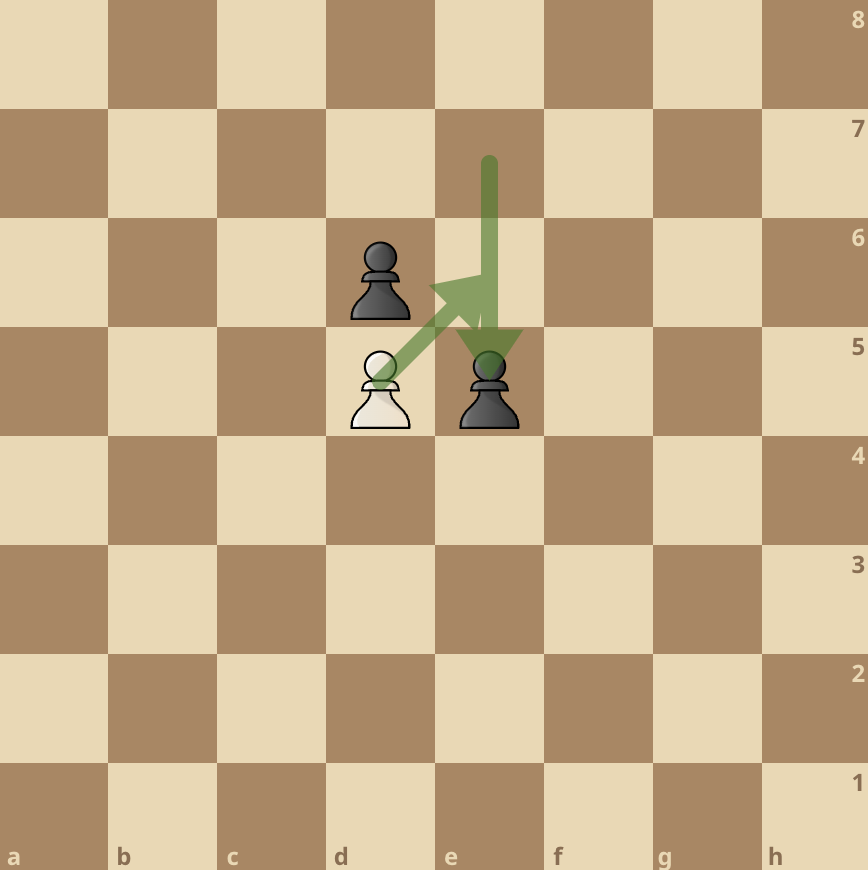
This is usually played so that you don’t attack the pawn but the rules of chess allow En Passant, which makes you capture their pawn diagonally.
Need more clarity on this special move? Check out our guide on En Passant.
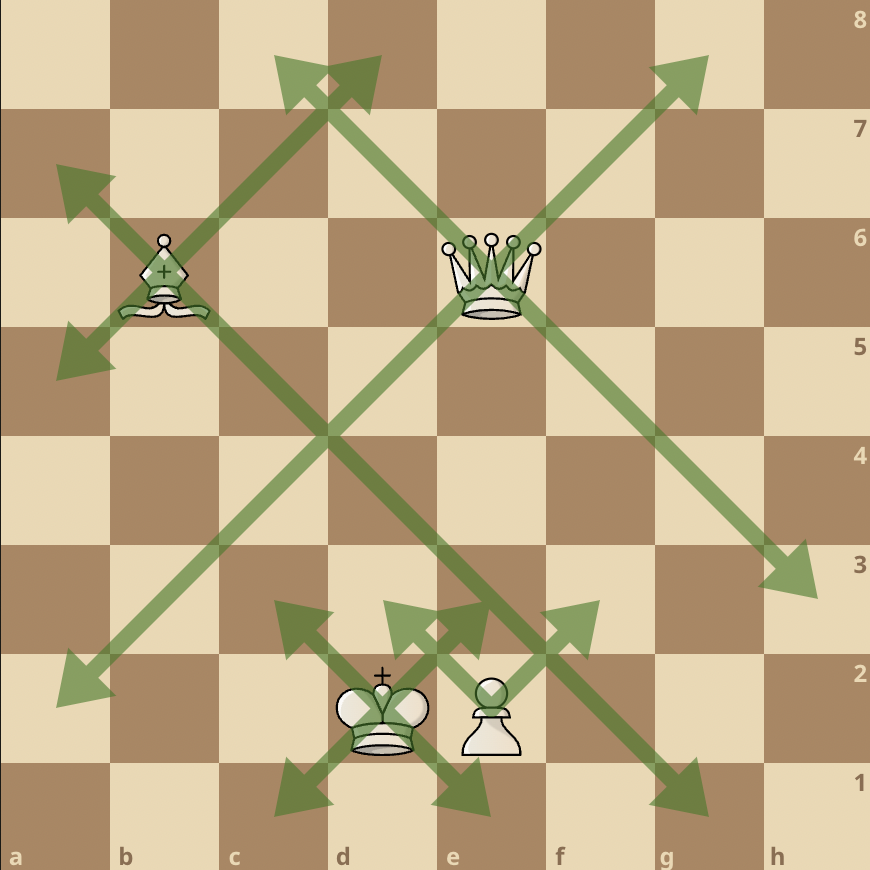



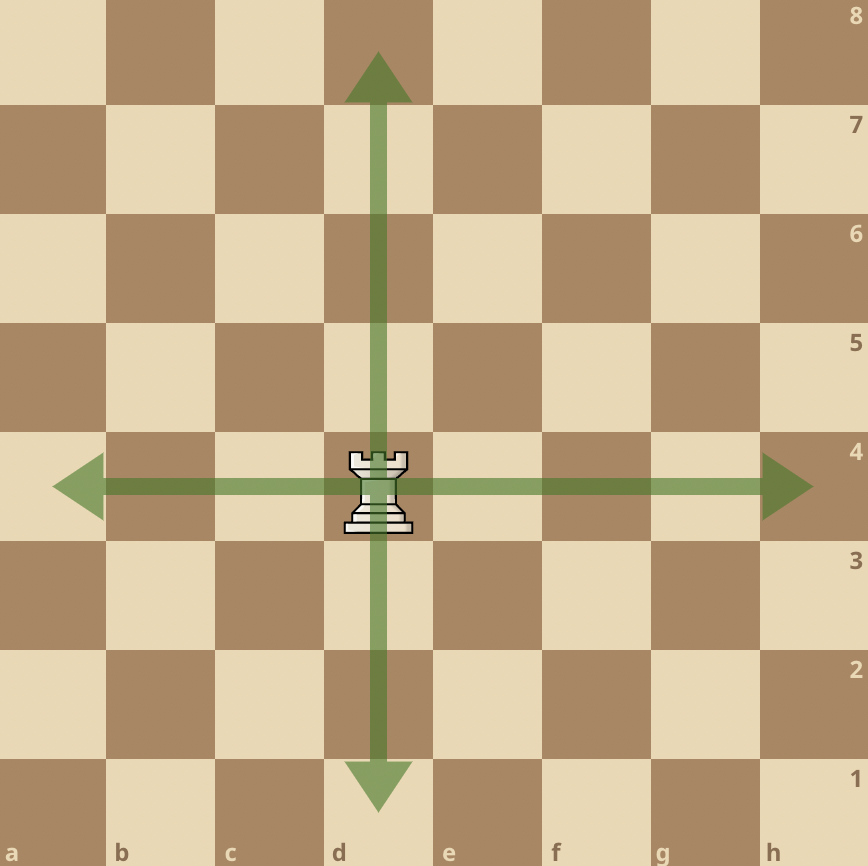
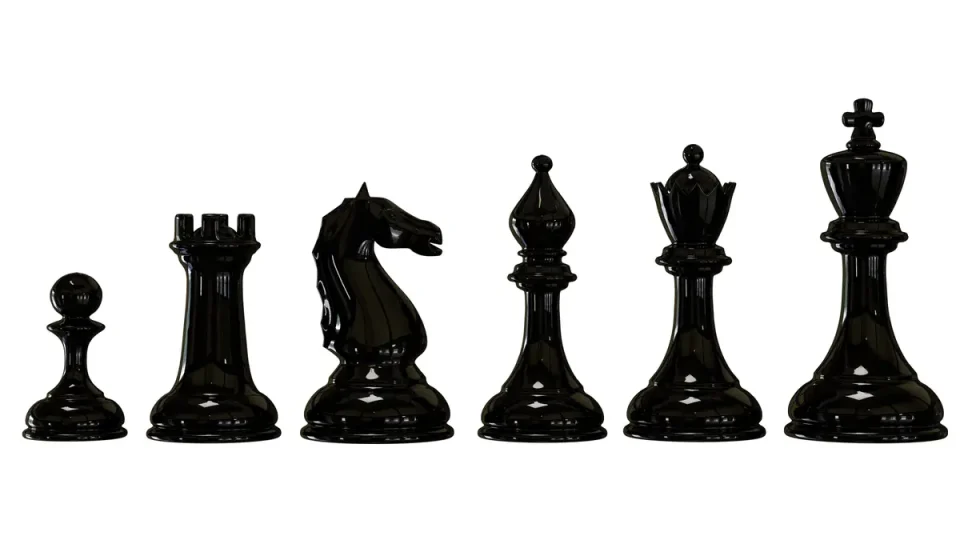
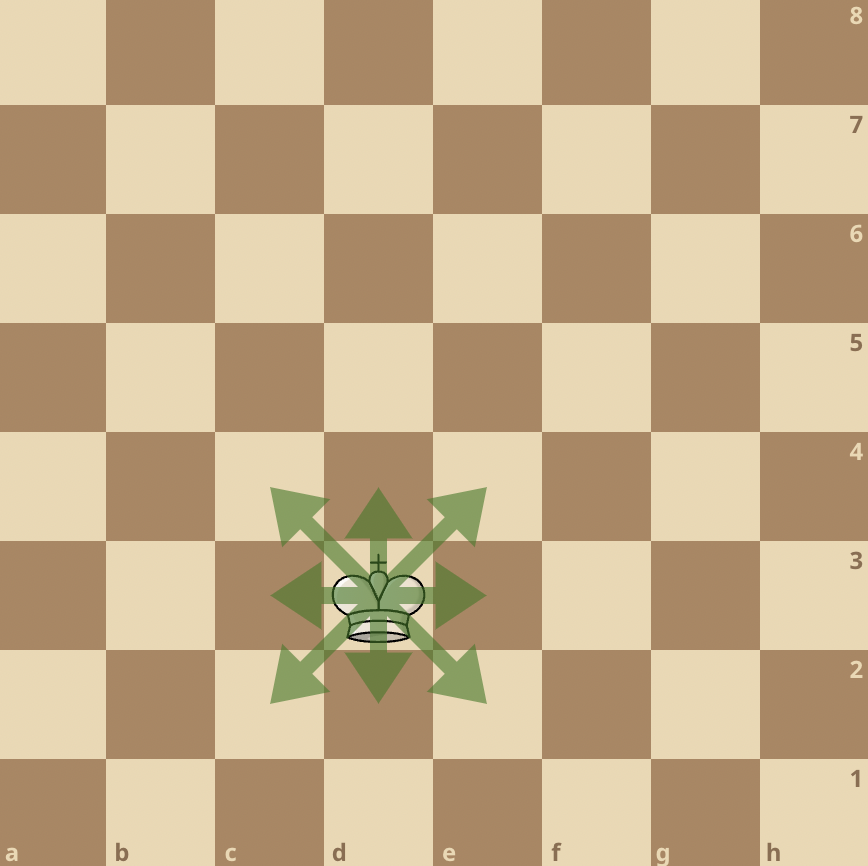
join the conversation